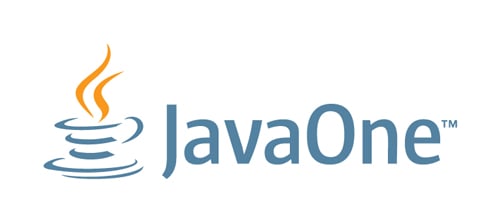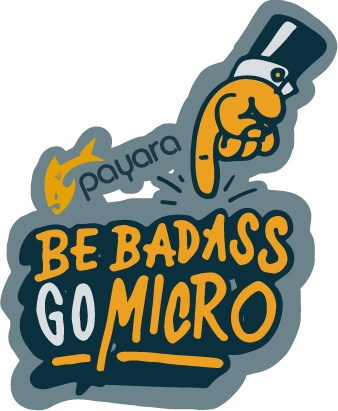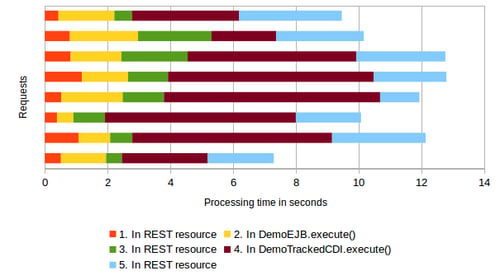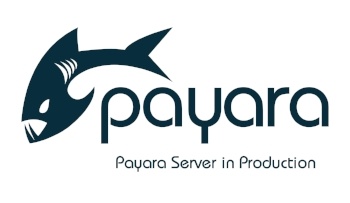Archive from September 2016
Cloud Native Java EE
Published on 29 Sep 2016
by Dominika Tasarz
Topics:
Java EE,
Payara Micro,
Microservices,
Docker,
Cloud,
Amazon Cloud,
MicroProfile
|
0 Comments
The video tutorial by the Payara Support Engineers Mike Croft and Ondrej Mihalyi, presented at the JavaOne 2016 Conference in San Francisco last week is now available to watch online!
Using Payara Embedded as an Arquillian Container Inside IntelliJ IDEA
Published on 22 Sep 2016
by Mert Caliskan
Topics:
How-to,
Arquillian
|
8 Comments
With this article, I'm going to integrate Payara Embedded with Arquillian by having it defined inside a sample Maven based application - source code available here - which employs an integration test implemented by the Arquillian framework. You can also find our previous post about Arquillian and the Payara Server available here, but this time I’ll take it one step further and move onto the IDE side. In this example, I will execute tests just like any JUnit test; meaning the test will be executed directly through the IDE with help of a right-click. I will also configure Payara Embedded as the Arquillian container inside the IDE.
Payara MicroProfile 1.0 Released
Published on 19 Sep 2016
by Steve Millidge
Topics:
Payara Micro,
Microservices,
CDI,
REST,
MicroProfile
|
0 Comments
Back in June we announced MicroProfile with RedHat, IBM, Tomitribe, LJC and SouJava and Microprofile.io was launched as a location for community collaboration on Enterprise Java Microservices. In the announcement each of the vendors promised to have a MicroProfile runtime ready and available in time for JavaOne. Well after much beavering away here in the Payara Engineering team we have just pushed onto Maven Central our 1.0 release of Payara MicroProfile.
Request Tracing Service in Payara Server & Payara Micro
Published on 12 Sep 2016
by Ondro Mihályi
Topics:
What's New,
REST,
How-to,
Admin,
diagnostics,
request tracing,
Notifier
|
2 Comments
Have you ever wondered whether your application is slow to respond to requests? Which requests take the longest to respond to? And what you can do about it? Payara Server aims to provide the best tooling you would need to identify performance issues, identify their causes and help you solve them. One part of this tooling is the new Request Tracing service, available in Payara Server and Payara Micro from version 163 as a technical preview.
Payara Server Rolling Upgrades
Published on 08 Sep 2016
by Lenny Primak
Topics:
Hazelcast,
CDI,
Clustering,
Scalability
|
2 Comments
Any project, large or small, would ultimately like to follow industry best practices, such as continuous deployment. In order to support this, applications must be deployed early and often. This, in turn, triggers downtime and the users get affected by it because they could be logged out of the website, or worse, their work gets lost because the application's intermediate state is not saved - never mind the actual downtime during the application deployment process.
Rolling upgrades solve this problem in an efficient way!
Payara Server in Production - Quick Tip
Published on 02 Sep 2016
by Mike Croft
Topics:
Production Features,
REST,
How-to
|
0 Comments
TIP: Don't deploy any apps to the DAS in production!
Why?
As is the case with all my stories, this one began at a customer site. They had an old app they were migrating from GlassFish 3.1.2 to the latest version of Payara Blue. They'd called me in because they wanted to benchmark performance of the new version of Payara Blue on AIX against their existing GlassFish 3.1.2, also on AIX, as well as against a recent version of JBoss (I'm unsure of the version, though I know it was deployed on Windows).




